Cats are known for their independent nature, yet many cat owners have witnessed the unique and often intense bonds that can develop between a cat and a particular human. Unlike dogs, whose loyalty is typically unwavering across multiple household members, cats often exhibit selective favoritism toward one person. Understanding why this occurs involves a blend of feline behavior, human interaction, and environmental factors. Let’s delve deeper into the reasons behind these strong feline-human bonds.
The Role of Kitten Socialization
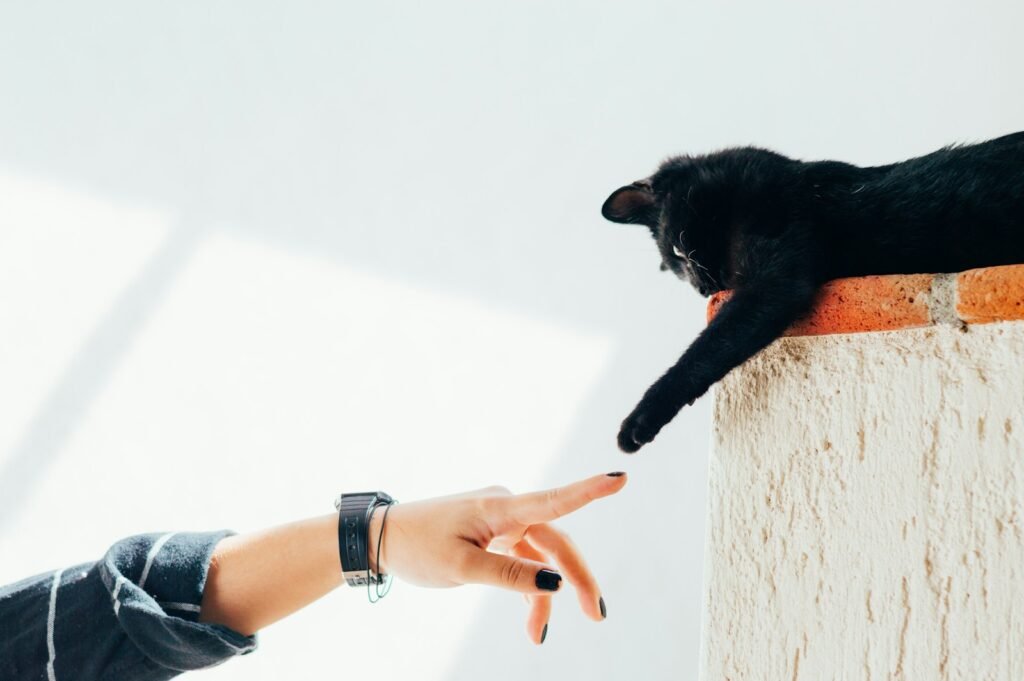
The foundation of any relationship, whether it be between two cats or a cat and a human, begins in early life. Kitten socialization plays a critical role in determining how cats perceive and interact with humans. A kitten that is frequently handled and nurtured by humans during its critical socialization period—typically between two to nine weeks—tends to be more comfortable and affectionate towards humans later in life. Kittens socialized effectively are more likely to form stronger bonds with people they frequently interact with.
Human Interaction and Behavior
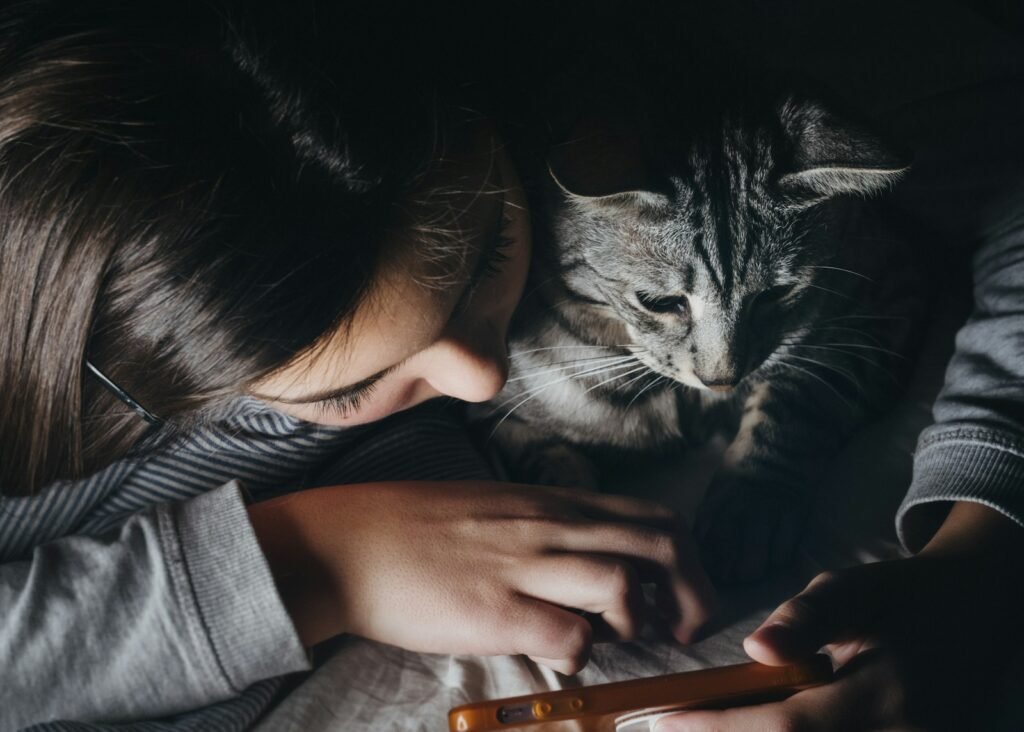
Consistent, positive interactions between a human and a cat can significantly influence the strength of their bond. Cats are more likely to bond with individuals who engage in behaviors they find comforting, such as gentle petting, playing, and talking in soft, reassuring tones. Humans who are attuned to a cat’s needs, providing timely feedings and showing affection, are often rewarded with a strong, positive relationship.
The Influence of a Cat’s Temperament
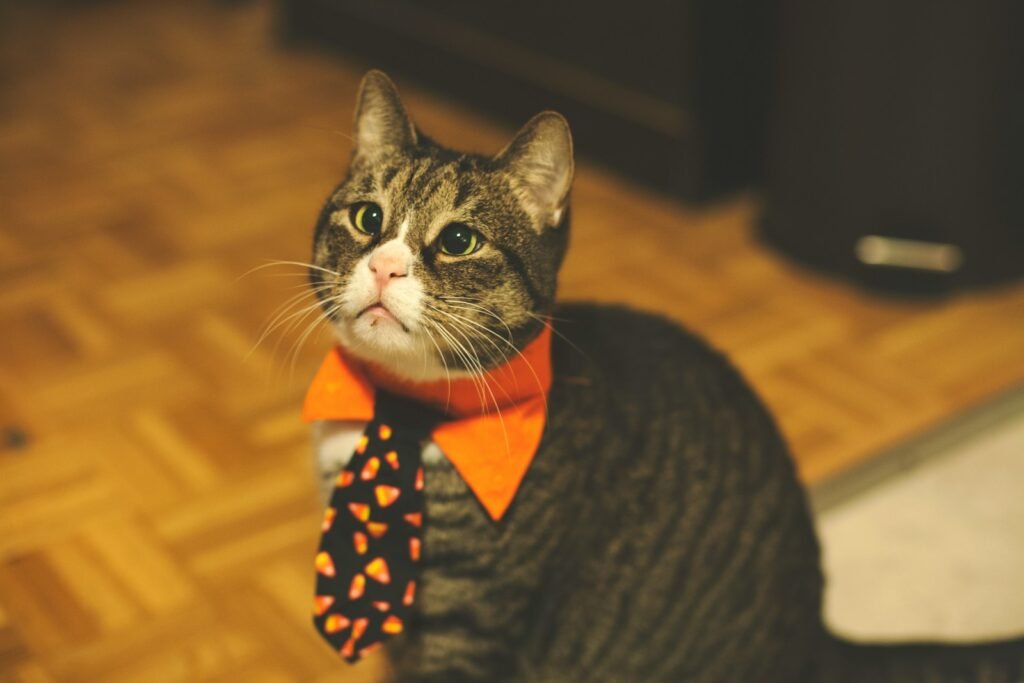
Just like people, cats have unique personalities that affect their social interactions. Some cats are naturally more sociable and may form stronger bonds more easily, while others might be more reserved and selective. A cat’s temperament can be influenced by genetics, early life experiences, and environment, all playing a role in how they interact with specific humans.
Empathy and Emotional Connection
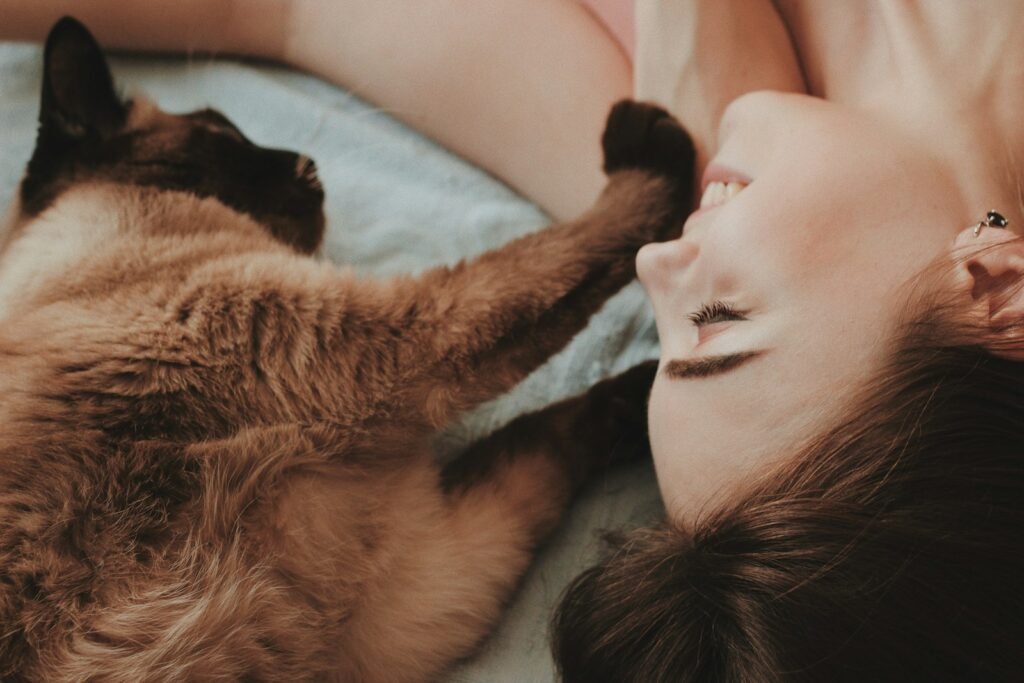
Cats are perceptive creatures capable of sensing human emotions. Some studies suggest that cats can form empathetic connections with humans who show understanding and respond appropriately to their moods. This emotional exchange enhances the bond between a cat and a human, allowing the cat to feel secure and understood.
Routine and Security
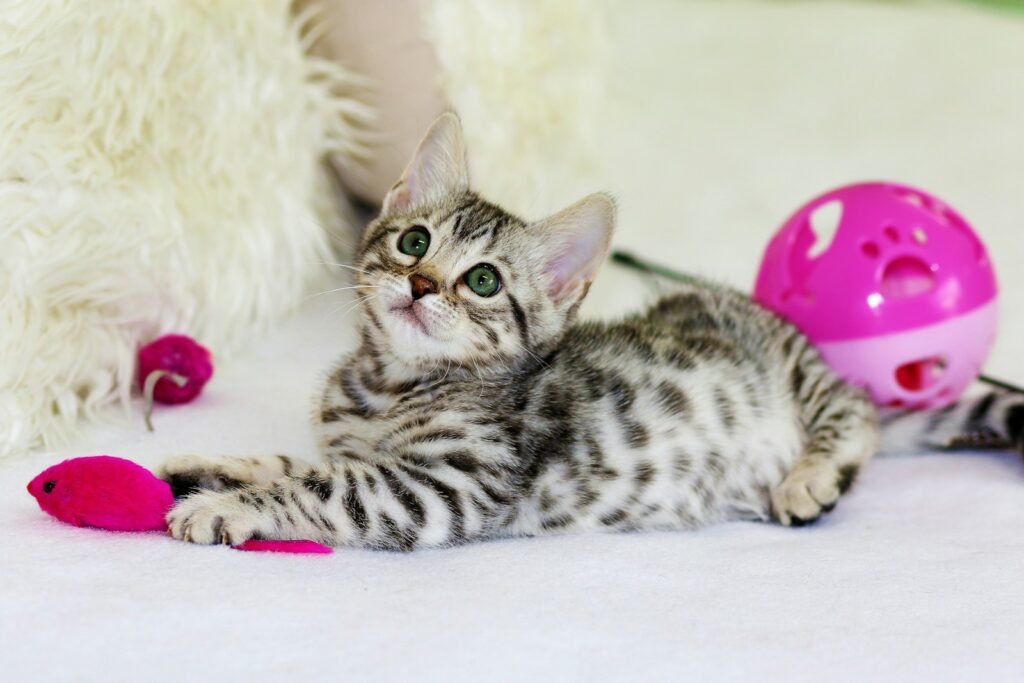
Cats thrive on routine and predictability in their environment. Humans who provide a consistent schedule for feeding, play, and rest contribute to a sense of security for the cat. This predictability is comforting and may lead a cat to form a stronger attachment to the person associated with their routine.
Attachment Theory in Cats

Attachment theory, typically applied to human psychology, can also be relevant to understanding cat-human bonds. Similar to the way children form attachments to caregivers, cats can develop attachments to their human companions. These attachments can manifest as seeking closeness during times of stress or displaying affection in quiet, familiar situations.
The Impact of Past Trauma
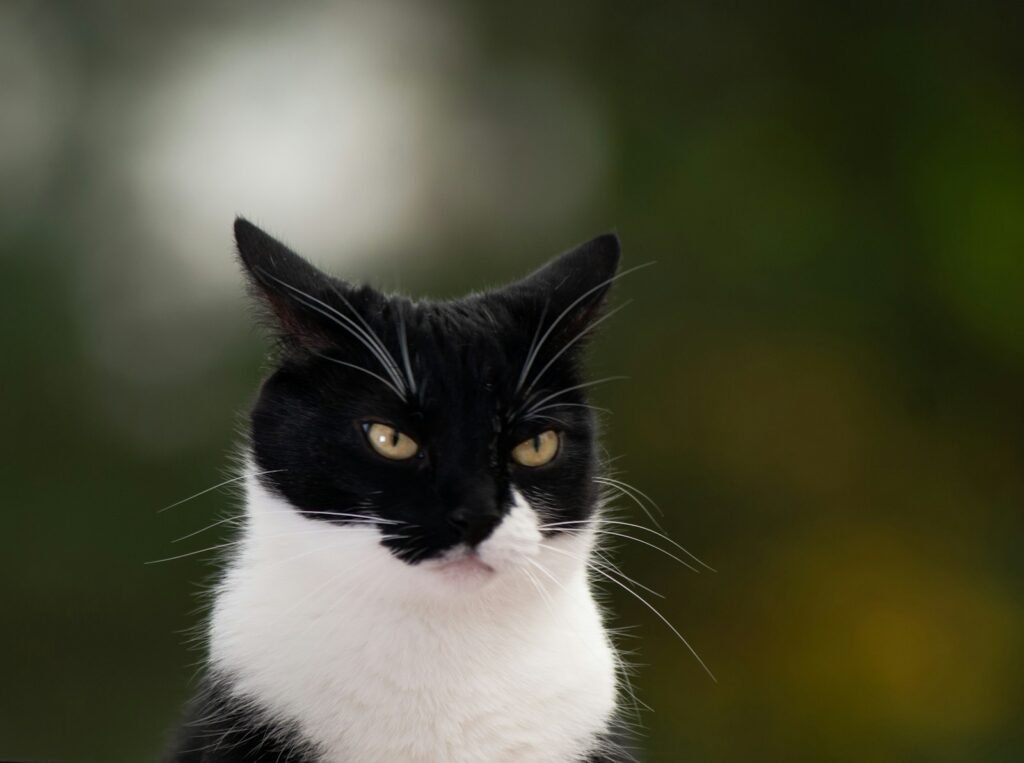
Cats with histories of trauma or neglect may be wary or selective in whom they trust. For these cats, forming a bond with one person might be a gradual process requiring patience and understanding. The trust and affection of a human who respects their boundaries and offers a nurturing environment can be profoundly meaningful in such cases.
Recognizing Signs of a Strong Bond

A cat with a strong bond to a human will often display affectionate behaviors such as following the person around, grooming them, or purring on their lap. They may also engage in “head bunting,” a behavior where cats rub their heads against a person to mark them with their scent. These behaviors indicate the cat’s trust and comfort with the individual.
Strengthening the Human-Cat Bond
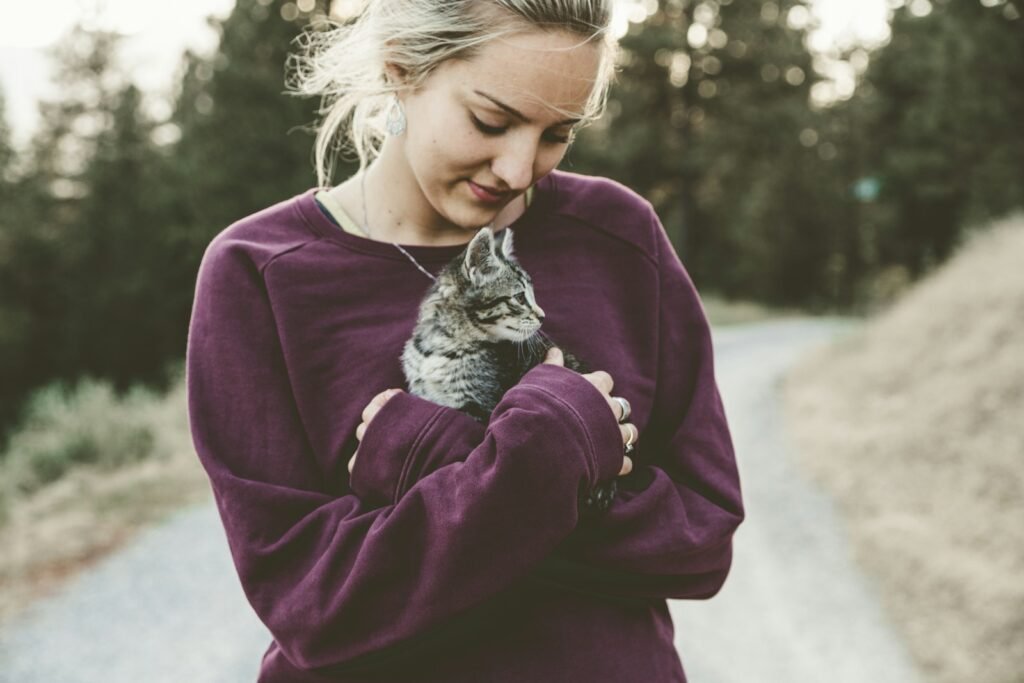
For those looking to enhance their relationship with their feline friend, consistency is key. Regular playtime, gentle petting, and attending to the cat’s needs build trust. Respecting the cat’s space and allowing them to initiate contact also reinforces a positive connection. Understanding each cat’s unique personality and preferences can guide interactions that strengthen the bond over time.
The Science of Feline Affection
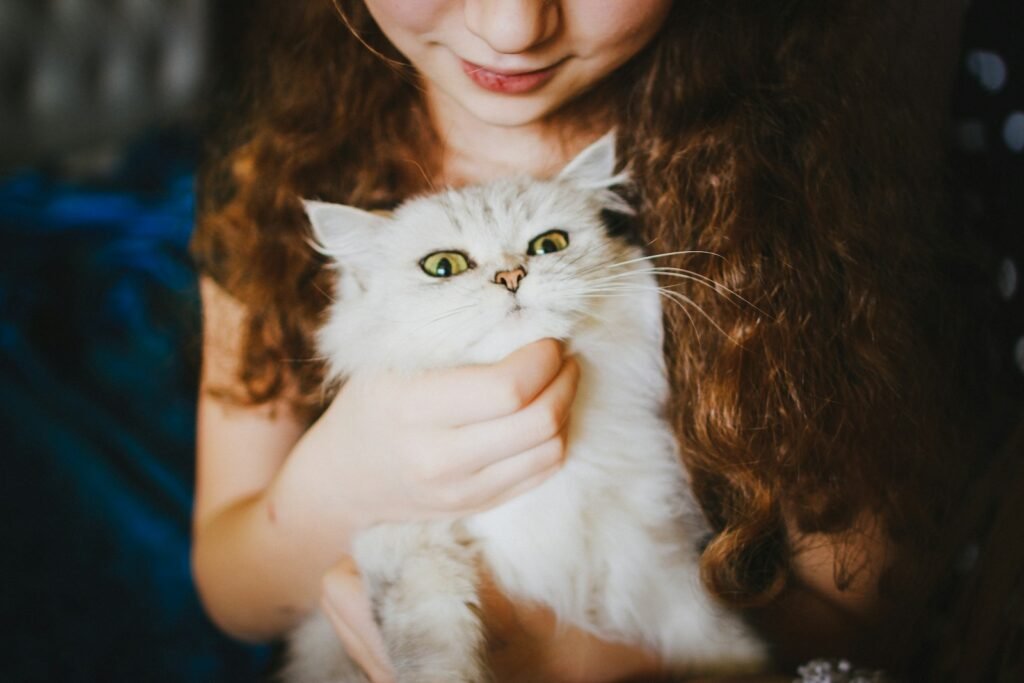
Recent studies indicate that cats have a capacity for affection and bonding that may have been previously underestimated. The “love hormone” oxytocin, known for its role in bonding and social recognition in humans, is also present in cats during positive interactions. This hormonal response suggests a biological basis for the affection cats display toward their favored humans, reinforcing the depth of their emotional connections.

Growing up traveling and experiencing new cultures and wonders, I have had a passion for nature, adventuring, photography, and videography. I am currently working towards a BSc in Biodiversity and Ecology at Stellenbosch University, and I hope to specialise in Marine Sciences one day.
Please send any feedback to Feedback@animalsaroundtheglobe.com






